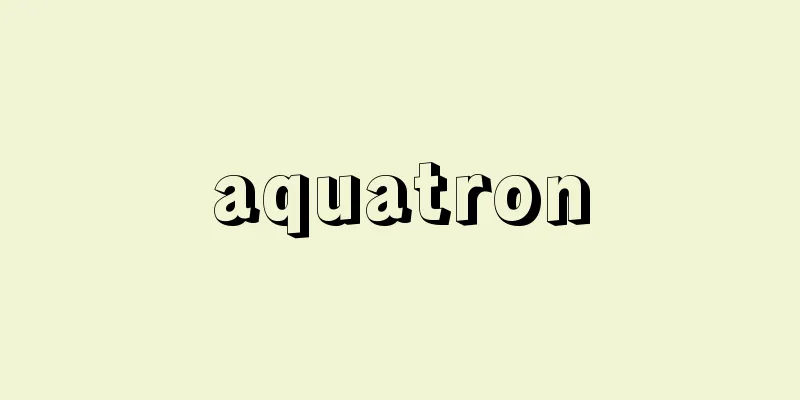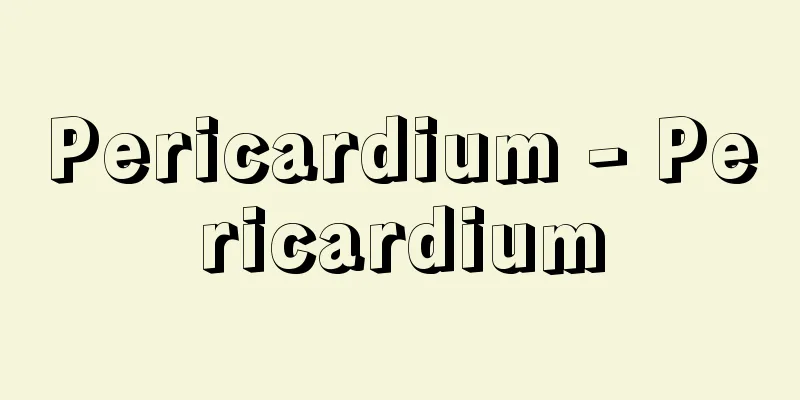Neurosecretion

|
This phenomenon refers to the synthesis of hormones or hormone-like substances by certain nerve cells and their release into blood vessels from the ends of their axons. The nerve cells that perform neurosecretion are called neurosecretory cells. Representative examples include the nerve cell group that produces and secretes posterior pituitary hormones such as vasopressin and oxytocin. The cell bodies of these neurosecretory cells are located in the hypothalamus, and extend their axons (neurites) to the posterior pituitary gland, the ends of which terminate in capillaries in the posterior pituitary gland. These posterior pituitary hormones are produced in cell bodies in the hypothalamus, bound to carrier proteins, transported through the axons to the posterior pituitary gland, stored in neurosecretory granules in the posterior pituitary gland, and released from the ends of the axons into the capillaries when the neurosecretory cells are excited by secretory stimuli applied to them. Therefore, it can be said that neurosecretory cells have the property of conducting stimuli like ordinary nerve cells. In addition to the neurosecretory cells involved in these posterior pituitary hormones, many neurosecretory cells that produce other hormones have been discovered. Many of the hormones (or factors) produced there function to regulate the secretion of anterior pituitary hormones, such as gonadotropin-releasing hormone, thyrotropin-releasing hormone, adrenocorticotropin-releasing hormone, and somatostatin (growth hormone inhibitory factor). These are called brain hormones, meaning they are produced by the brain. Even in invertebrates, neurosecretion plays an important role in biological regulation. Well-known examples include the color-changing hormones produced in the brain and X-organ in the eyestalk of crustaceans, and the brain hormones produced in the insect brain and stored in the corpus cardiaca. [Yasumi Arai] ©Shogakukan "> Neurosecretory cells of the posterior pituitary gland Source: Shogakukan Encyclopedia Nipponica About Encyclopedia Nipponica Information | Legend |
|
ある種の神経細胞がホルモンまたはホルモン様物質を合成し、軸索の末端より血管へ放出する現象をいう。神経分泌を行う神経細胞を神経分泌細胞とよぶ。その代表的なものとしては、バソプレッシンやオキシトシンなどの下垂体後葉ホルモンを産生し分泌する神経細胞群があげられる。これら神経分泌細胞の細胞体は視床下部にあって、軸索(神経突起)を下垂体後葉まで伸ばし、その末端は下垂体後葉内の毛細血管に終止する。これらの下垂体後葉ホルモンは視床下部にある細胞体でつくられ、担体タンパク質と結合して軸索を通って下垂体後葉まで運ばれ、下垂体後葉内の神経分泌顆粒(かりゅう)に貯留されて、神経分泌細胞に加えられた分泌刺激によってその細胞が興奮すると、軸索の末端から毛細血管へ放出される。したがって、神経分泌細胞は普通の神経細胞のように刺激を伝導する性質をもっているといえる。また、これら下垂体後葉ホルモンに関与する神経分泌細胞以外にも、別のホルモンを産生する神経分泌細胞が多数発見された。そこで産生されるホルモン(または因子)の多くは下垂体前葉ホルモンの分泌を調節する働きをもつもので、生殖腺(せん)刺激ホルモン放出ホルモン、甲状腺刺激ホルモン放出ホルモン、副腎(ふくじん)皮質刺激ホルモン放出ホルモンやソマトスタチン(成長ホルモン抑制因子)などが知られる。これらは、脳がつくるホルモンという意味で脳ホルモンとよばれる。 無脊椎(むせきつい)動物でも、神経分泌は生体内調節において重要な役割を果たしており、甲殻類の脳および眼柄にあるX器官でつくられる体色変化ホルモンや、昆虫の脳でつくられ側心体に蓄えられる脳ホルモンが有名である。 [新井康允] ©Shogakukan"> 下垂体後葉の神経分泌細胞 出典 小学館 日本大百科全書(ニッポニカ)日本大百科全書(ニッポニカ)について 情報 | 凡例 |
<<: New Enlightenment Movement (English: New Enlightenment Movement)
>>: Neurodermatitis - Neurodermatitis
Recommend
African crocodile - Afurikawani
...A typical crocodile belonging to the Crocodili...
Hasan al-Banna (English spelling)
1906‐49 Murshid was the first leader of the Muslim...
Monyoki - Monyoki
This is a compilation of records from Shoren-in Te...
air pocket
...It is also likely to occur in jet stream areas...
Gold miner - Kanayamashi
...A mining operator who was born from the end of...
Public funding for education - Kyoikuhikouhifutanshugi
...Expenses for preparing the necessary human and...
Pieter Pourbus
1523‐84 Flemish painter. Born in Gouda. Registered...
Ovis ammon; argali
A wild sheep of the Bovidae family in the order Ar...
Hofmann, H.
...A group of abstract art that developed in the ...
Modernist Church Members Union - Modernist Church Members Union
…Pope Leo XIII (1878-1903) was relatively toleran...
Kiyomoto Umekichi
A Kiyomoto shamisen player. From the third genera...
Bernard Malamud
American novelist. Born in Brooklyn, New York to ...
Panta rhei (English spelling) pantarhei
…He was from the royal family of Ephesus. He is c...
Udokan
…Yakutia is also a major gold mining region, with...
Jerboa (jump rat)
A general term for mammals of the Dipodidae family...






![Nango [village] - Nango](/upload/images/67cc69b462e54.webp)


